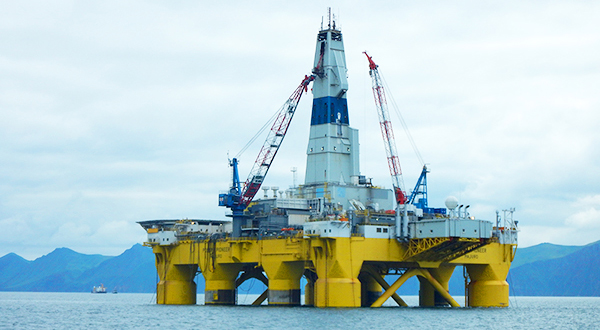ILO held a tripartite meeting on Occupational Safety and Health in the oil and gas industry in polar and subarctic climate zones during 26 -29th January 2016 to discuss Occupational Safety and Health (OSH) challenges.
Crude oil and natural gas will remain important to the energy industry, and the industry needs to operate safely at all costs. To meet an expected increasing demand for hydrocarbons, the oil and gas industry is investing in the development of new reservoirs, which are often found in technically challenging geographic locations, including the Arctic. Reservoirs in the Arctic have the potential to produce hydrocarbons to fill a substantial gap in the hydrocarbon supply shortage in the coming decades.
However, the Arctic operations face many difficult challenges. Fatalities could be higher because of very difficult evacuation, emergency response and rescue conditions, particularly in winter. Clean-up would be extremely challenging because of fewer supporting vessels and infrastructure. Ice and extreme low temperatures may interfere with clean-up operations. Environmental damage could be more severe, more extensive and longer lasting than in any other region in the northern hemisphere because of the fragile and sensitive nature of the environment and the persistence of oil in cold temperatures.
Indigenous and tribal peoples in the Arctic could suffer serious socio-economic and cultural consequences as a result of accidents. Oil spills would impact their health and well-being because they depend on the Arctic Ocean for subsistence foods as well as for their cultural and traditional ways of life.
According to an ILO report, between 1975 and 2012, at least 6,183 offshore accidents were reported, the majority in the northern hemisphere. Fixed facilities are more likely to experience accidents than mobile units. The most common contributing causes relate to procedures – either unsafe or absent – which result in unsafe acts. Some installation are used beyond their design life,which raises serious safety concerns. Much equipment is neither properly maintained nor tested on a regular basis. The shortage of new rig capacities in the coming years might add to the risk of using the old unsafe installations. Changes in installation and pipeline ownership also cause difficulties in maintaining safe conditions over time.
While there are some international and/or industry standards that may be applicable in general to petroleum operations in the Arctic, few standards apply specifically to Arctic operations. In the oil and gas industry, ISO standards, which are voluntary, are widely used. Exclusively for Arctic operations, ISO 19906: Petroleum and natural gas industries – Arctic offshore structures, was issued in 2010. The EU and the Arctic Council have also produced laws and guidelines concerning safety operations in the Arctic, however these do not address OSH challenges and issues in the region.
Learn more details by reading ILO report
Also view ILO videos in which experts talk to the ILO on the occasion of the ILO meeting explaining the risks facing oil & gas workers in the arctic.
Source: ILO



































































